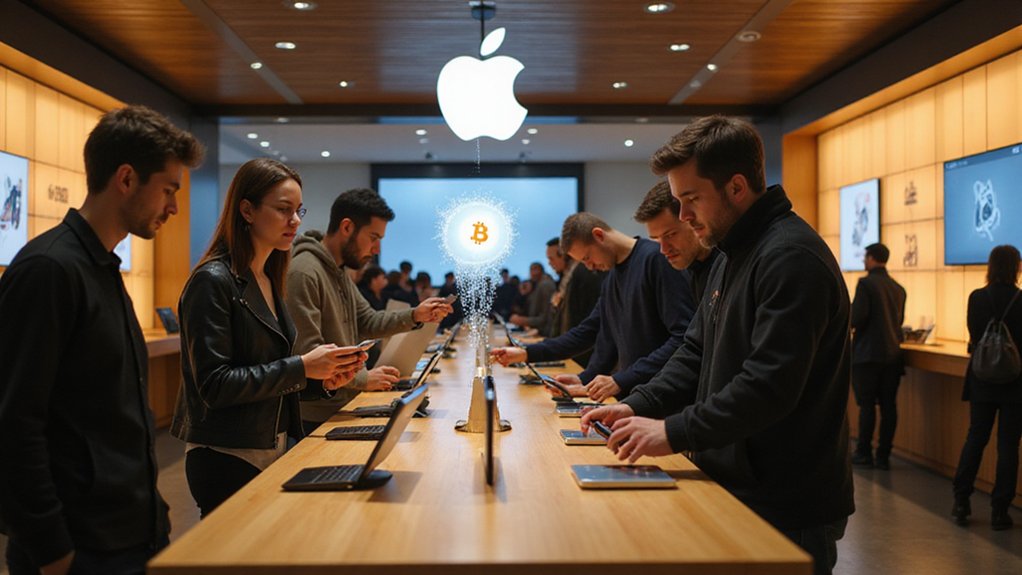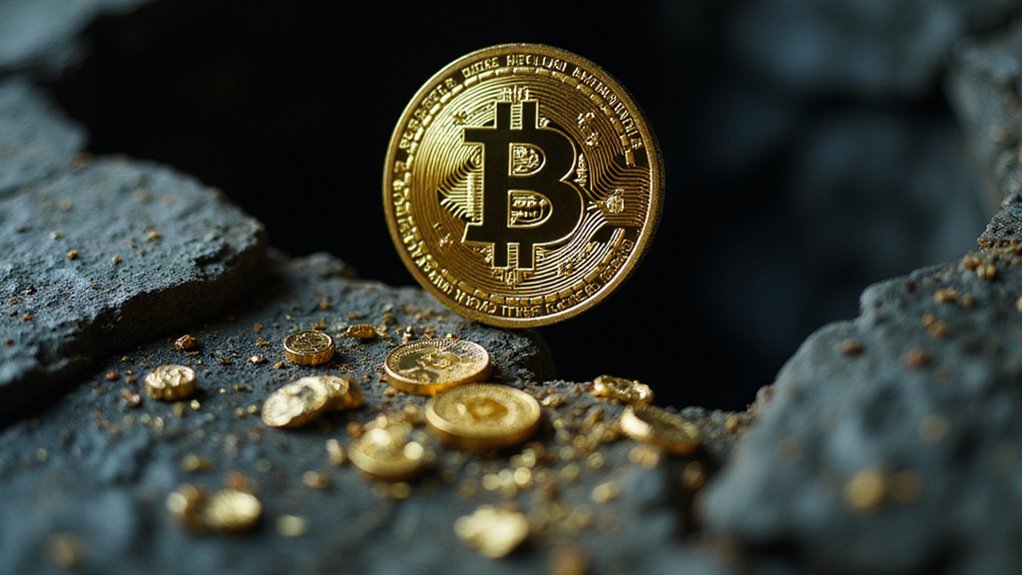While Bitcoin continues its impressive ascent toward the stratosphere—hovering near the $95,000 mark in early May 2025 after rebounding from a 30% drawdown earlier this year—the decentralized finance (DeFi) ecosystem finds itself mired in a quagmire of regulatory uncertainty and adoption hurdles.
The venerable cryptocurrency has demonstrated remarkable resilience, surging 24% from its April nadir and positioning itself for further gains as forecasts suggest potential trading ranges between $104,024 and $135,834 by month’s end.
This bifurcation between Bitcoin’s performance and DeFi‘s struggles illuminates a fascinating dichotomy in digital asset markets.
The widening gulf between Bitcoin’s meteoric rise and DeFi’s stagnation reveals crypto’s fundamental market schism.
Bitcoin—benefiting from renewed institutional interest and post-halving momentum—has cemented its position as crypto’s North Star.
While DeFi platforms (despite their innovative premise) flounder in attempting to articulate compelling real-world use cases beyond speculative yield farming.
The $95,000 resistance level, currently fiercely contested by market participants, represents more than just a psychological barrier; it’s emblematic of Bitcoin’s maturation into a legitimate asset class.
The technical and security challenges plaguing DeFi can hardly be overstated.
Smart contract vulnerabilities, interoperability issues, and scalability limitations have triggered substantial financial losses, eroding user confidence.
Meanwhile, Bitcoin—operating within increasingly defined regulatory frameworks—offers a comparatively stable harbor in crypto’s tempestuous waters.
Its circulating supply of approximately 19.86 million coins contrasts with DeFi’s fragmented liquidity across myriad protocols.
Bitcoin’s impressive market capitalization growth to over $1.7 trillion has further consolidated its dominance in the cryptocurrency ecosystem.
Market sentiment analysis reveals a nearly even split with Bearish 51% versus Bullish 49%, highlighting the market’s uncertainty despite Bitcoin’s overall upward trajectory.
Perhaps most telling is DeFi’s struggle to compete with traditional financial infrastructure.
While Bitcoin has carved out a narrative as “digital gold” with corresponding investment flows, DeFi’s promise of financial democratization remains largely theoretical amidst persistent accessibility issues.
The high concentration of Bitcoin ownership, with 2% of accounts controlling approximately 92% of the available supply, hasn’t deterred retail investors from continuing to accumulate smaller positions.
Short-term forecasts suggest Bitcoin might reach $113,211 by mid-May, further widening this performance gap.
The question remains whether DeFi can transcend its current limitations to deliver on its revolutionary potential, or if it will remain perpetually in Bitcoin’s lengthening shadow—a laboratory of financial experimentation that never quite graduates to mainstream utility.









